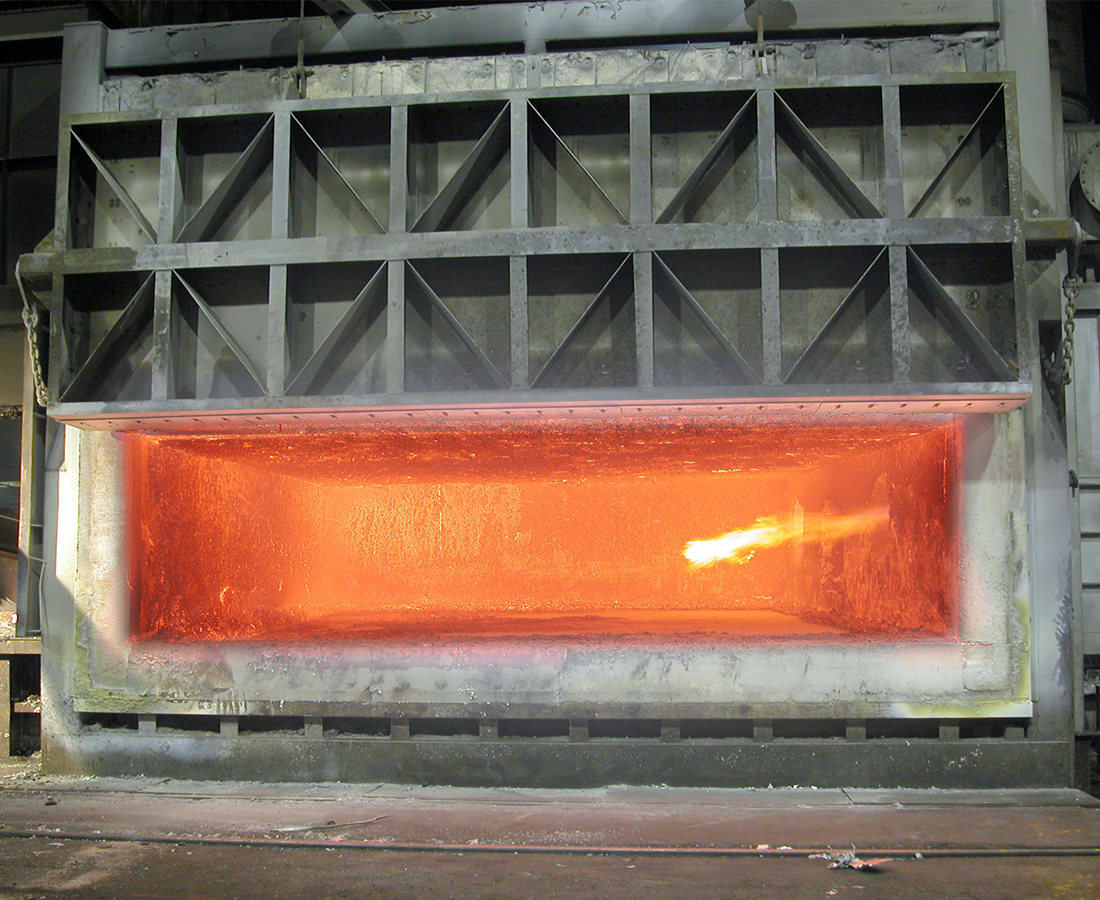- PIECE I TECHNOLOGIEDOWIEDZ SIĘ WIĘCEJ O NASZYCH ROZWIĄZANIACH PIECOWYCH I TECHNOLOGICZNYCH
- USŁUGI OBRÓBKI CIEPLNEJDOWIEDZ SIĘ WIĘCEJ O NASZYCH USŁUGACH OBRÓBKI CIEPLNEJ
- KONTROLE PROCESU I PRZEPŁYWUDOWIEDZ SIĘ WIĘCEJ O NASZYCH ROZWIĄZANIACH DO KONTROLI PROCESÓW I PRZEPŁYWU
- PRODUKTY
- ROZWIĄZANIA TECHNOLOGICZNE
- ZASTOSOWANIE PRZEPŁYWOMIERZA
- ZAPYTANIA OFERTOWE
- SERWIS I WSPARCIESZUKASZ SERWISU LUB WSPARCIA DLA NASZEGO PRODUKTU I USŁUG?
- BRANŻE I PROCESYDOWIEDZ SIĘ WIĘCEJ O NASZYCH BRANŻACH I PROCESACH
- FIRMADOWIEDZ SIĘ WIĘCEJ O NITREX I KIM JESTEŚMY
- Events
- LOTNICTWO
- ROLNICTWO
- WYCISKANIE ALUMINIUM
- MOTORYZACJA
- OBRONNA I UZBROJENIE
- PRZEKŁADNIE ZĘBATE
- MEDYCYNA
- GÓRNICTWO
- NAFTOWA I GÓRNICZA
- WYTWARZANIE MOCY I ENERGII
- CZĘŚCI PRECYZYJNE
- OPRZYRZĄDOWANIE


